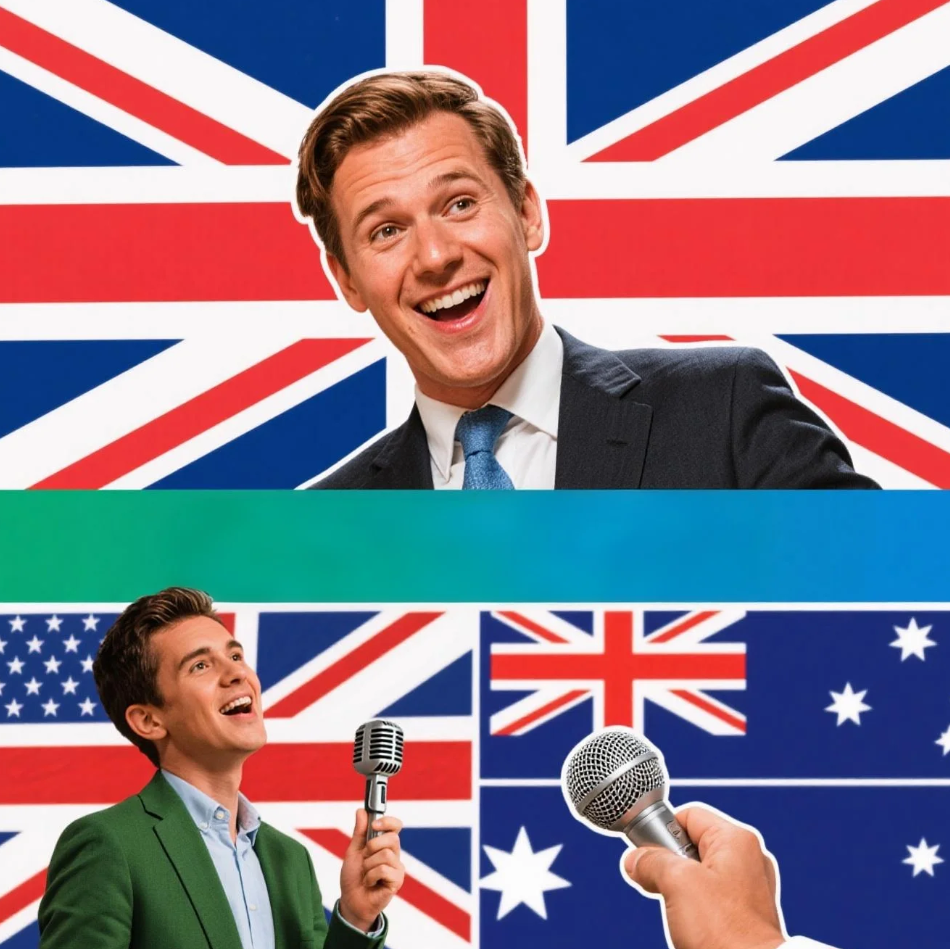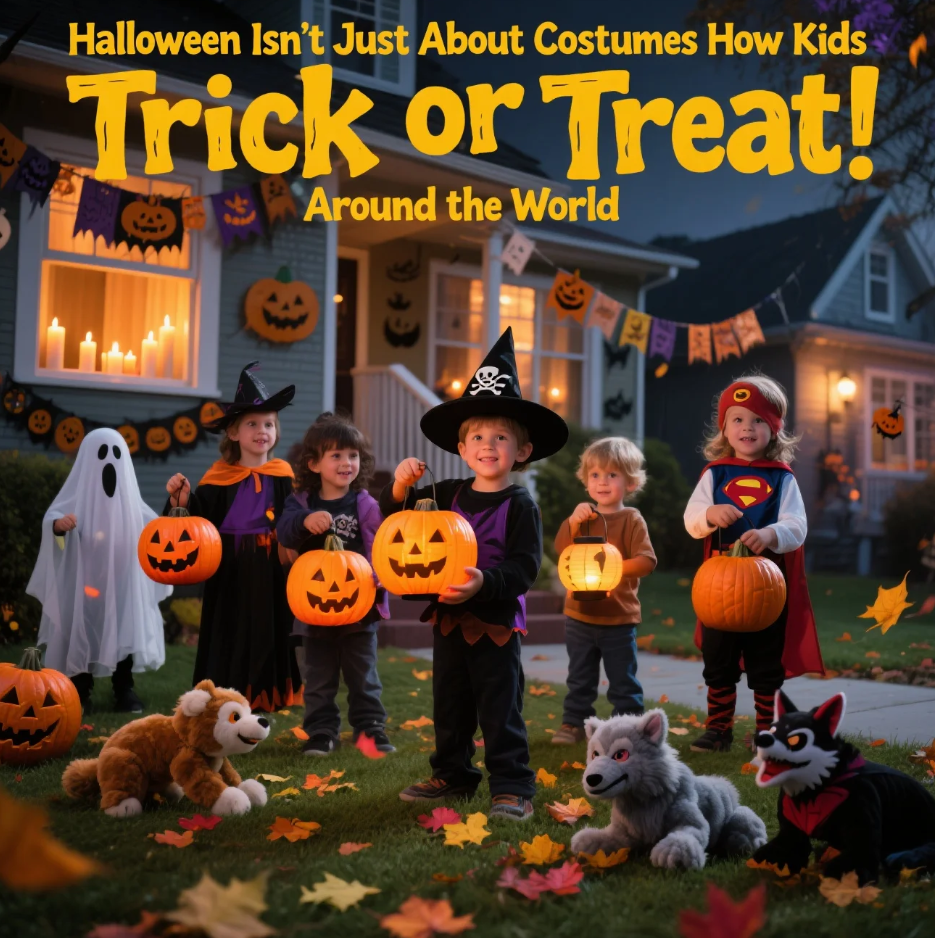
Introduction
English is one of the most widely spoken languages across the globe, but not all English is created equal. From the cobblestone streets of London to the beaches of Sydney to the skyscrapers of New York, English varies significantly in pronunciation, slang, and rhythm. This article explores the fascinating nuances between British, American, and Australian English, shedding light on what makes each unique, and why understanding them is crucial in our increasingly globalized world.
The Roots of Each Accent
To understand how each English accent evolved, we must look at its roots. British English, particularly the Received Pronunciation (RP) or “Queen’s English,” is considered the historical foundation. American English branched off following the colonization of North America in the 17th century, absorbing influences from Dutch, Spanish, German, and Native American languages. Australian English developed later, during the 18th century, primarily influenced by British English but molded by the continent’s isolation and the multicultural influx over the decades.
Pronunciation Patterns: The Heart of the Confusion
The most striking difference between the three accents is how words are pronounced.
- British English tends to be non-rhotic, meaning the ‘r’ at the end of words is often silent. For example, “car” might sound more like “cah.”
- American English is generally rhotic, pronouncing all ‘r’ sounds clearly, making it more phonetic.
- Australian English is also non-rhotic but features a distinctive rising intonation, often giving statements a question-like quality.
Take the word “data.” In British English, it’s pronounced “dah-tuh,” in American English it’s usually “day-tuh,” and in Australian English, you’ll often hear something closer to “dah-tah.”
The Vocabulary Minefield: Same Language, Different Words
Each version of English comes with its own set of vocabulary, which can lead to amusing or confusing situations.
- British: biscuit, flat, lorry, holiday
- American: cookie, apartment, truck, vacation
- Australian: bikkie, unit, ute, holiday
A Brit might tell you to take the lift to your flat, while an American would advise using the elevator to get to your apartment. Australians might say, “Chuck a uey in the ute and grab a bikkie,” which could leave others scratching their heads.
The Influence of Slang and Pop Culture
Slang is where the differences become even more entertaining—and baffling. In the UK, calling someone a “bloke” or “lad” is common. Americans might say “dude” or “guy.” Australians prefer “mate,” a term that can mean anything from a close friend to a casual acquaintance, depending on tone.
Television and cinema have had a significant role in spreading these variants. American media dominates globally, so American slang and accents are often more widely recognized. However, British and Australian TV shows like Peaky Blinders or Neighbours have also contributed to global understanding of these accents.
Listening Comprehension: What Makes an Accent Tricky?
For non-native speakers, the difficulty of understanding an accent often lies in speed, vowel variation, and idiomatic usage.
- British English can be challenging because of regional dialects—Cockney, Scouse, Geordie—that differ vastly from RP.
- American English varies regionally as well, from the Southern drawl to the New York staccato.
- Australian English may seem relaxed, but the heavy use of slang and shortened words can make comprehension difficult.

Grammar and Spelling Variations
While grammar remains largely consistent, spelling differs notably.
- British: colour, organise, travelled
- American: color, organize, traveled
- Australian English generally follows British spelling but adopts some American forms due to globalization.
Why Understanding These Differences Matters
In international business, education, and travel, being aware of these distinctions enhances communication. A phrase acceptable in one country might be misinterpreted—or even offensive—in another. For content creators and marketers, using the correct regional language can increase engagement and build trust with the audience.
Learning Tips: How to Master Multiple Accents
- Immerse Yourself: Watch movies, listen to podcasts, and follow influencers from each region.
- Practice Speaking: Try repeating phrases aloud to mimic pronunciation and rhythm.
- Use Subtitles and Transcripts: These help bridge the gap between listening and understanding.
- Travel or Engage with Native Speakers: Nothing beats real-world practice.
The Global Appeal of Each Accent
Interestingly, each accent has its own global fans. British English is often perceived as formal and prestigious. American English is considered approachable and dominant in pop culture. Australian English has a laid-back, friendly reputation.
This perception influences how people learn English. Many English learners in Asia prefer American English due to media exposure, while European learners might lean toward British English due to geographical proximity. Australian English, though less widely taught, is gaining traction, especially in the Asia-Pacific region.
No Accent Is Superior—Just Different
Choosing the “trickiest” English accent is subjective. What’s difficult for one person might be easy for another, depending on their native language and exposure. British English offers a wide range of regional flavors, American English is rich in diversity and cultural output, and Australian English is unique in its idioms and rhythm. Understanding these differences not only aids communication but also deepens our appreciation for the richness of the English language.
Whether you’re a language learner, traveler, or curious culture enthusiast, diving into the world of English accents is a rewarding journey—one that opens doors to deeper global understanding. So the next time you hear someone say “G’day mate,” “Howdy,” or “Alright, mate,” you’ll not only recognize where they’re from but also what makes their version of English truly special.









































